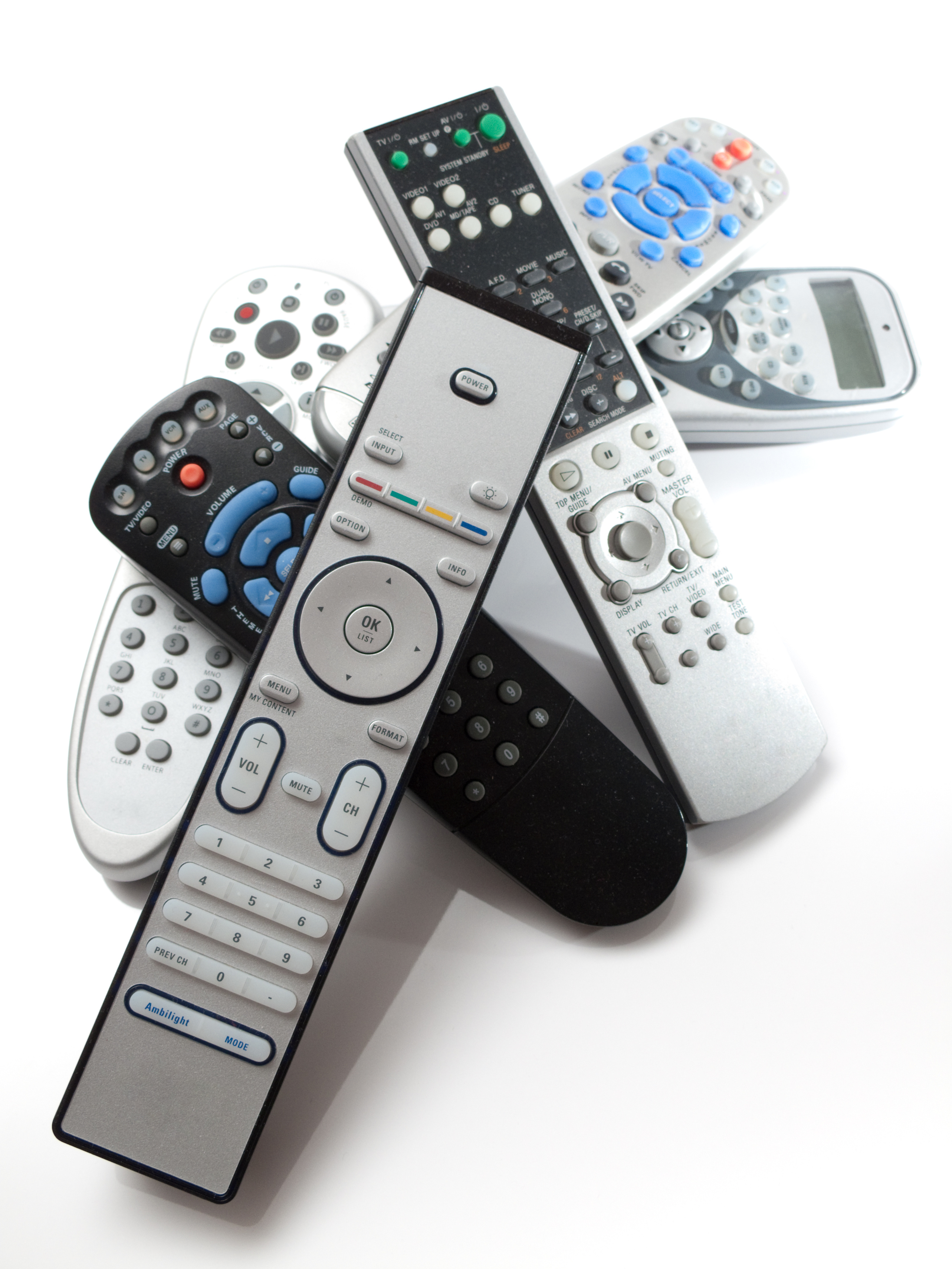In a world increasingly governed by technology, remote controls have become indispensable tools in our daily lives. They bridge the gap between us and our devices, offering convenience and efficiency. However, their continuous use also subjects them to wear and tear. Maintaining your remote controls is not just about prolonging their lifespan; it’s about ensuring uninterrupted access to your favorite devices and appliances.
Regular Cleaning and Care
Regular cleaning and care are crucial for maintaining the functionality and longevity of your remote controls. Over time, dust and grime accumulate on the remote, which can interfere with its signal and button functionality. By regularly cleaning your remote, you can prevent this build-up, ensuring that it continues to operate smoothly. This maintenance step is simple but plays a significant role in preserving the effectiveness and responsiveness of your remote controls.
Turn Off and Remove Batteries: Always start by turning off the remote and removing the batteries to prevent damage.
Use a Soft, Dry Cloth: Gently wipe the surface of the remote to remove dust.
Cotton Swabs and Alcohol: For tougher grime around buttons, lightly moisten a cotton swab with rubbing alcohol and carefully clean around the buttons.
Dry Thoroughly: Ensure the remote is completely dry before replacing the batteries.
Clean the inside: Opening the remote and cleaning the backside of the keypad and the circuit board will help the keys function correctly. We have a step-by-step tutorial on how to do this at https://www.replacementremotes.com/generic/buy-fix-the-keys-on-any-remote-control-keypad-repair-kit-keypadrepkit.
Additional Tips:
- Avoid using excessive liquid or abrasive cleaners.
- Regularly clean the battery compartment to prevent corrosion.
Battery Maintenance and Replacement
Battery maintenance is a critical aspect of remote control care. The longevity and functionality of your remote largely depend on the condition of its batteries. It’s important to regularly check and replace them to avoid issues like leakage and corrosion, which can irreparably damage the remote. Choosing high-quality batteries and avoiding the mixing of different types or ages of batteries are also key practices. If you encounter minor corrosion, gently cleaning the contacts can help, but always handle leaking batteries with care and dispose of them safely.
Proper Usage and Handling
The way you handle your remote control can significantly affect its lifespan. These devices are designed for gentle use; rough handling, such as dropping or pressing buttons too hard, can harm their internal components. Protecting your remote with a case can prevent damage from accidental drops, and keeping it away from liquids is crucial to avoid internal damage. Additionally, storing your remote in a cool, dry place away from direct sunlight helps to preserve its integrity and functionality.
Using Protective Cases for Remote Controls
Adding a protective case to your remote control is an effective way to extend its lifespan. These cases, available in materials like soft silicone or hard plastic, provide a barrier against physical damage. They are particularly useful in cushioning the impact in case of accidental drops, which are among the common causes of internal damage to remotes.
Beyond protection from falls, these cases also help safeguard the remote from scratches, dust, and potential spills, keeping it in optimal condition for longer. For households with children or pets, or in high-traffic areas like living rooms, using a protective case can be a simple yet crucial step in preserving your remote control’s functionality and appearance.
Maintaining your remote controls doesn’t require much effort, but it makes a significant difference in their performance and lifespan. Regular cleaning, proper battery care, and gentle handling are key. By following these tips, you ensure that your remote controls remain reliable companions in your daily life.
For more maintenance tips, replacement parts, or if you’re in need of a new remote control, check out Replacement Remotes, your one-stop shop for all your remote control needs.

